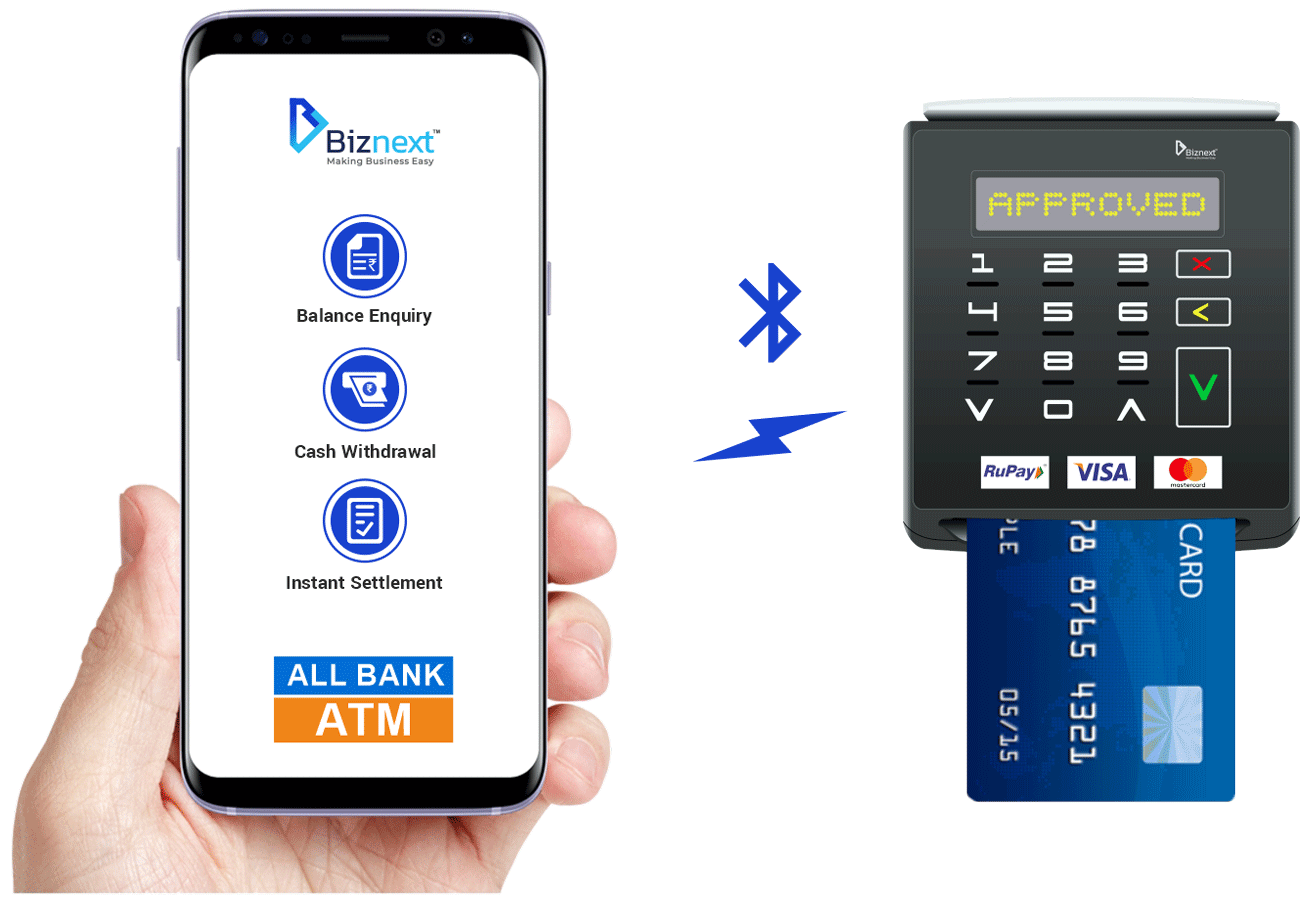Free Courses Sale ends Soon, Get It Now


Free Courses Sale ends Soon, Get It Now



Disclaimer: Copyright infringement not intended.
Introduction
In a nutshell,
Micro ATMs - Delving deeper
How is it more convenient?
Disadvantages:
How does Micro ATM work?
Micro ATMs in India
The trend
How are Micro-ATMs filling the gaps created by traditional ATMs models?
How are Micro-ATMs increasing cash-flow in unbanked rural and semi-urban areas?
Can we expect more facilities in future from Micro ATMs?
What has led to the sharp growth in setup of Micro ATMs over traditional ATMs?
Closing Thoughts
https://www.iasgyan.in/course/personalized-mentorship-programme
© 2024 iasgyan. All right reserved